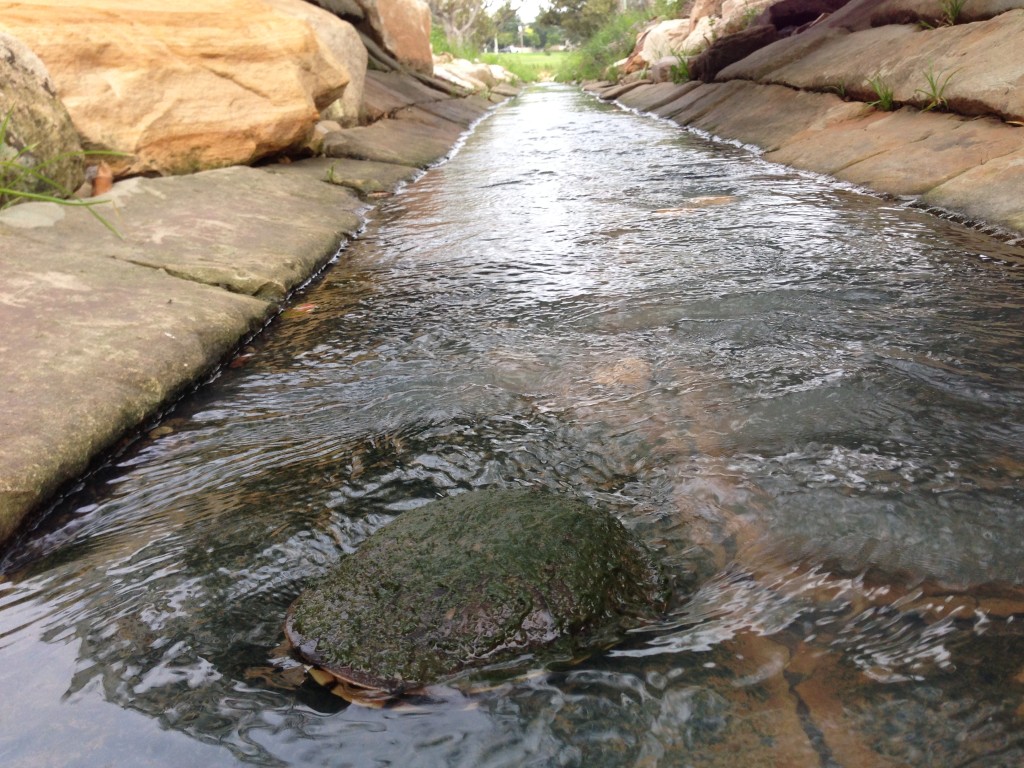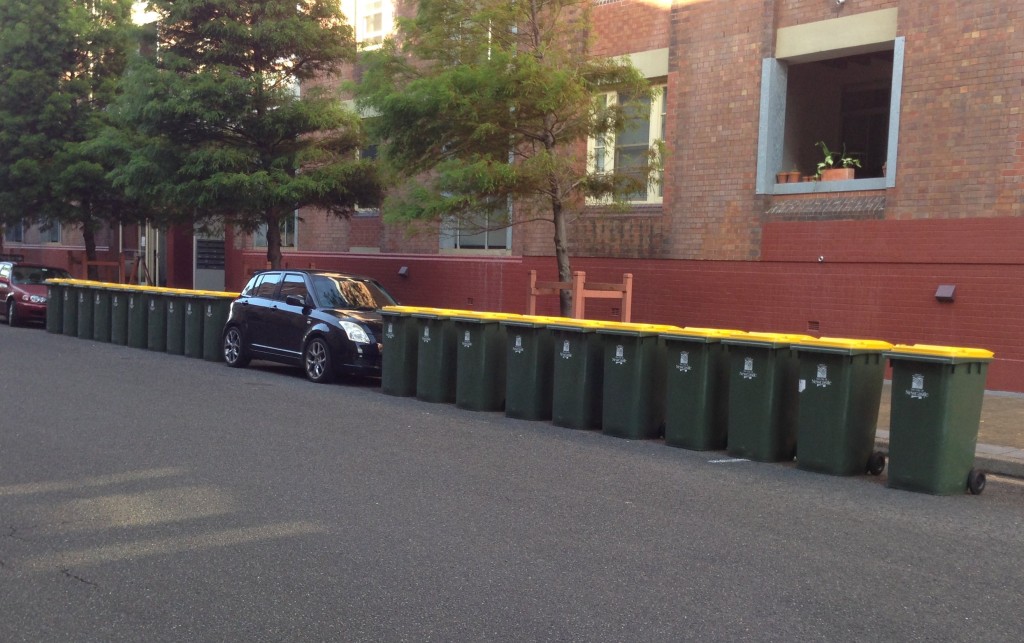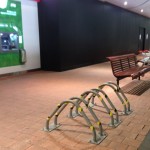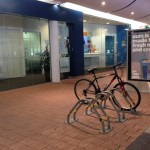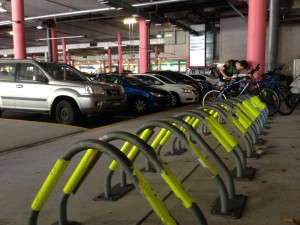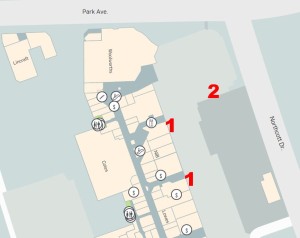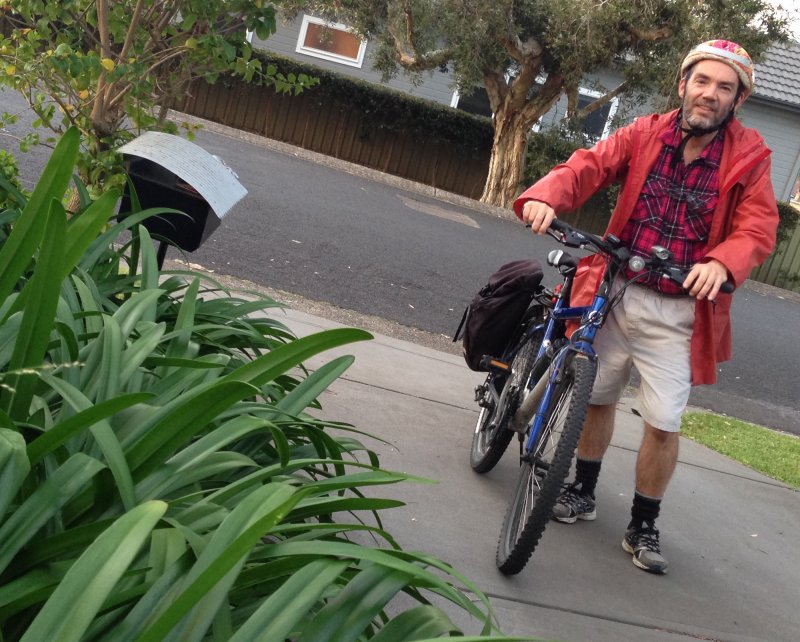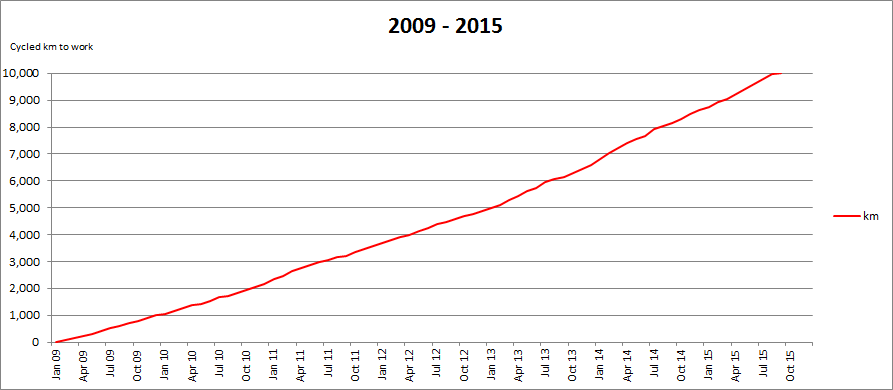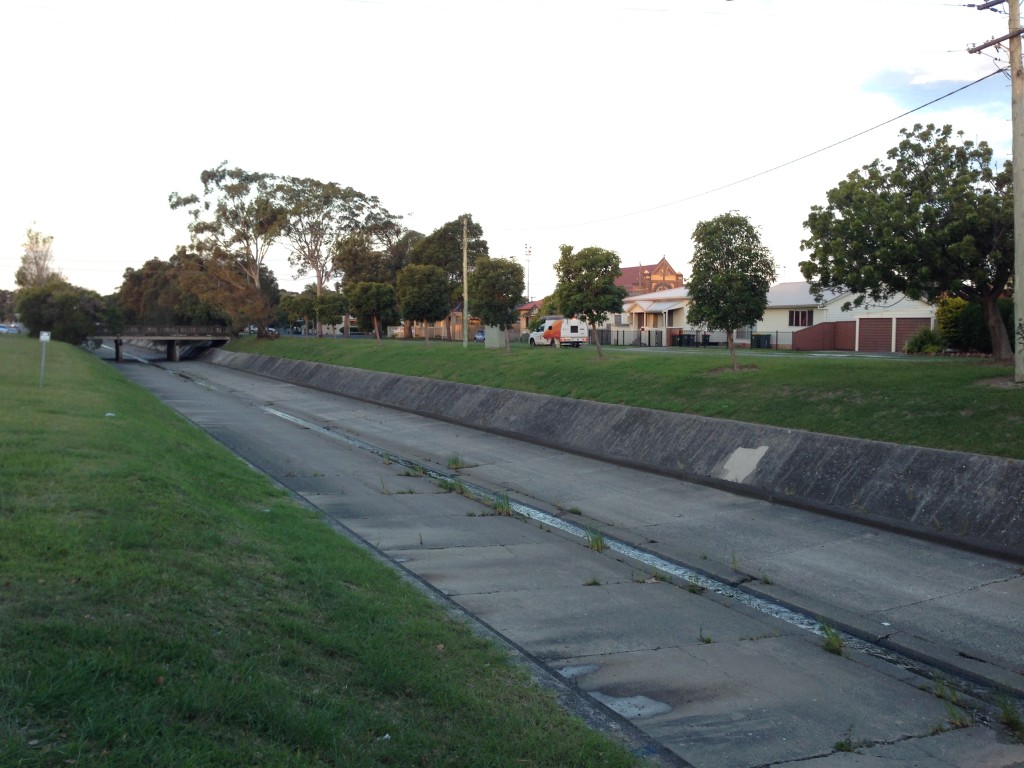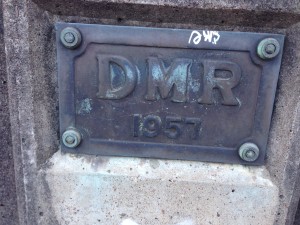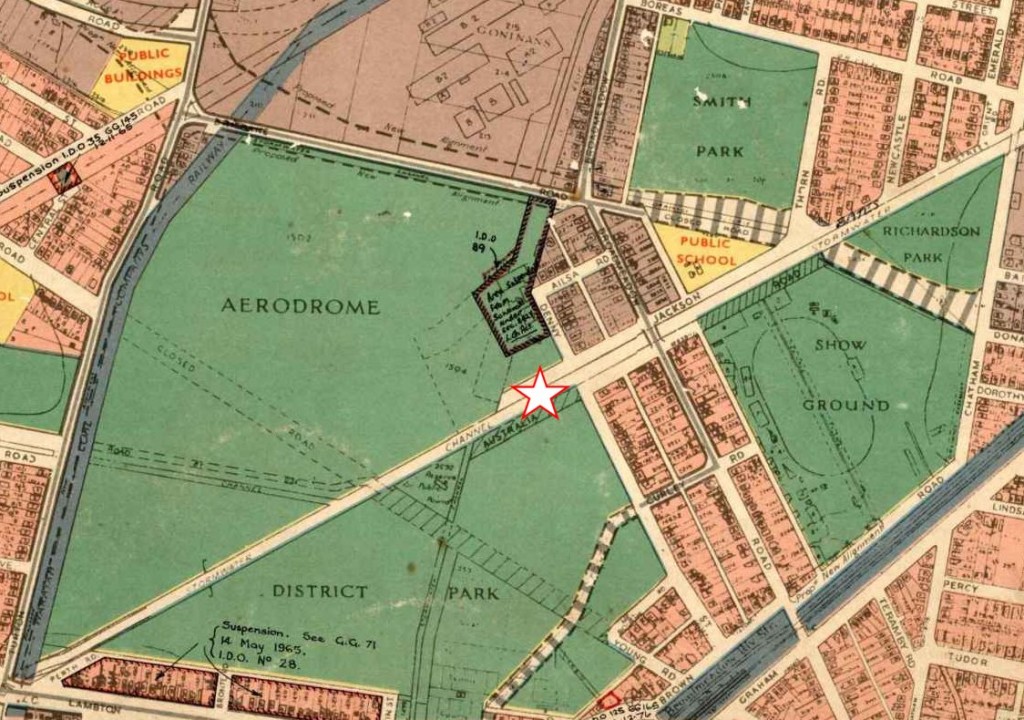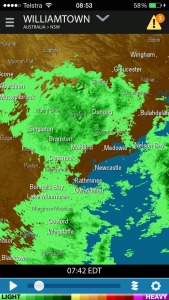Although I didn’t intend it when I set out, a bike ride with my son around town today ended up visiting various sites in Newcastle matching the old photos in my previous drain blog post. Here’s the “Then and Now” comparisons.
Broadmeadow drain
Update, March 2017: With subsequent research I have found that the location of the 1900 Snowball photo was Hamilton North, not Broadmeadow.
The Premier Hotel
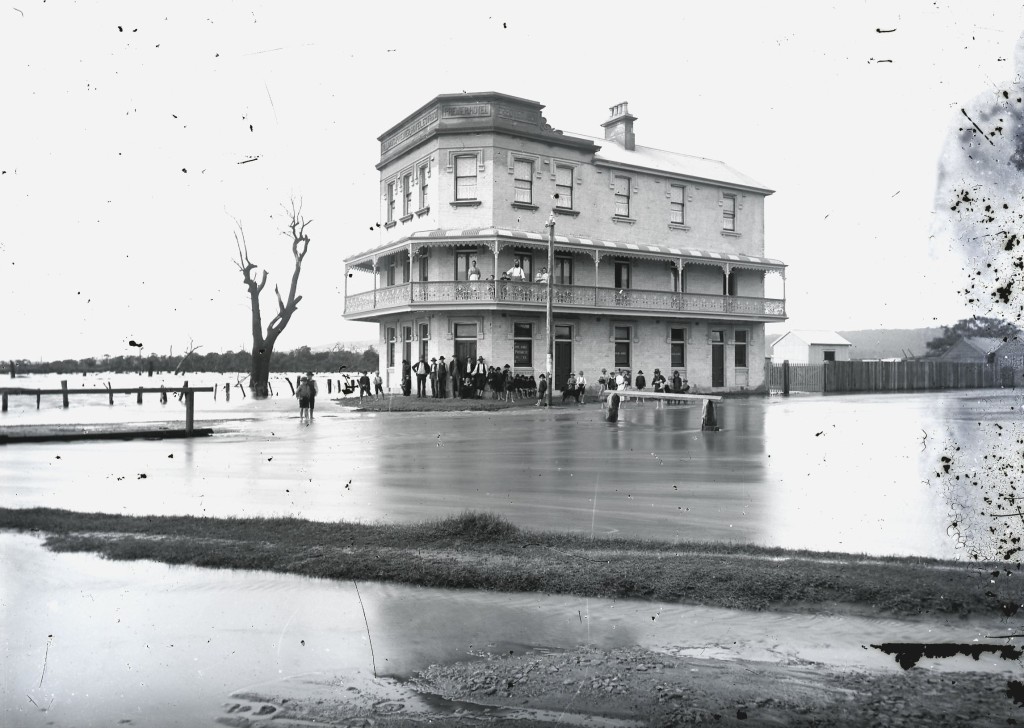
Premier Hotel, Broadmeadow, 1892. Photo by Ralph Snowball. University of Newcastle Cultural Collections.
View of the lowlands from Glebe Road
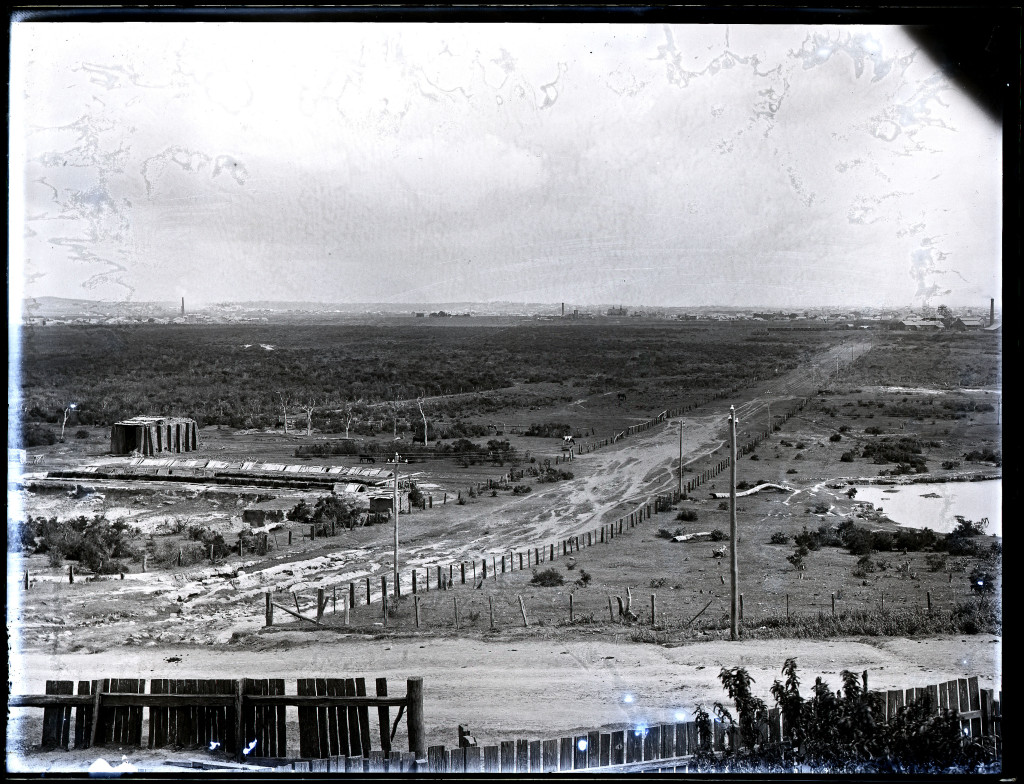
The Newcastle lowlands. 1897. Photo taken from intersection of Beaumont St and Glebe Rd looking north towards Hamilton. University of Newcastle Cultural Collections.
This modern view bears almost no resemblance to the 1897 photo, with the previously deserted lowlands now covered with trees, suburbia and industry. The only visible match (apart from Beaumont St sloping down the hill) is a spire of St Peter’s Anglican church in Denison St Hamilton.
It seems that at some time the church has lost one of its spires.


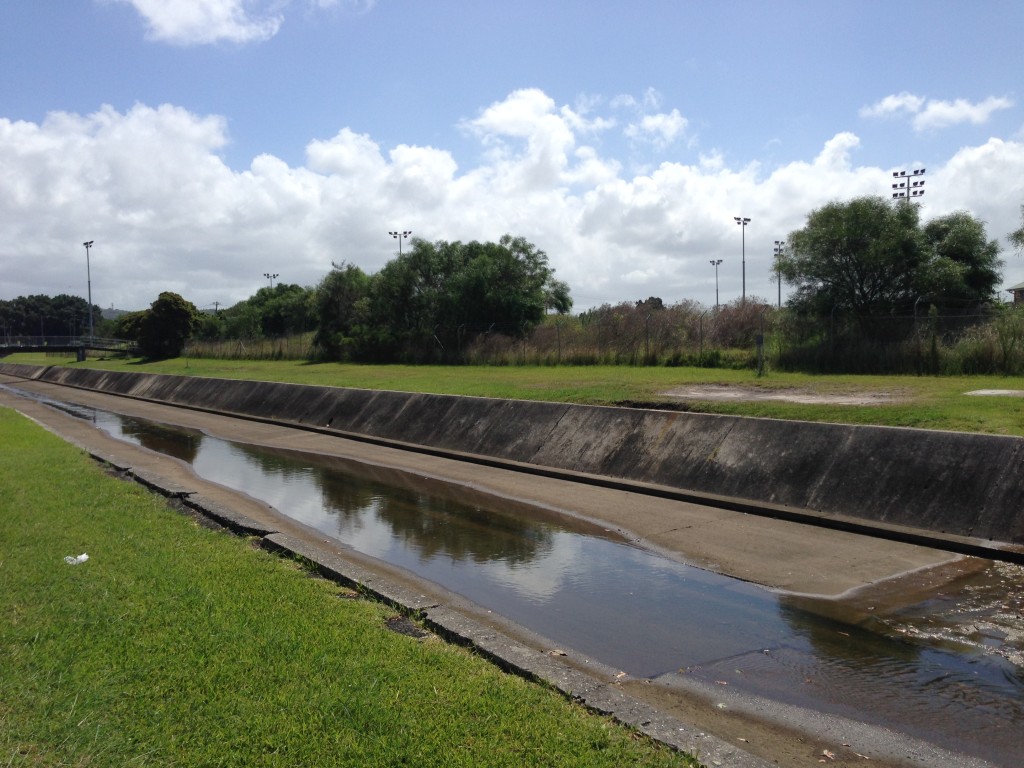
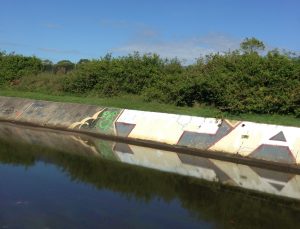
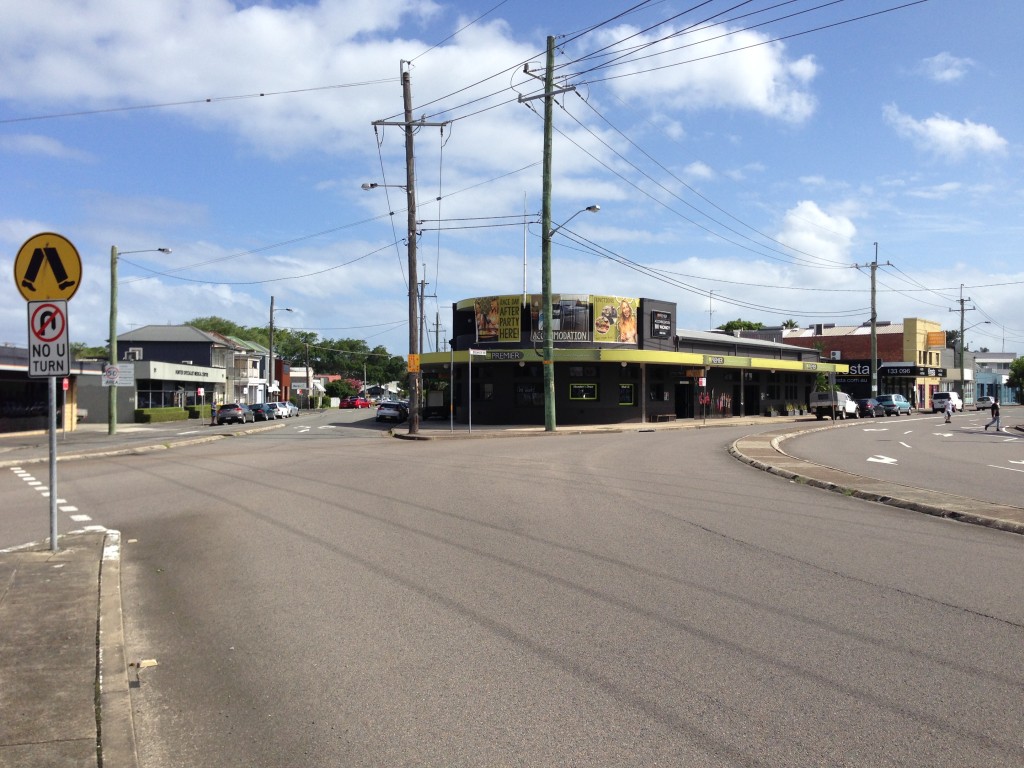
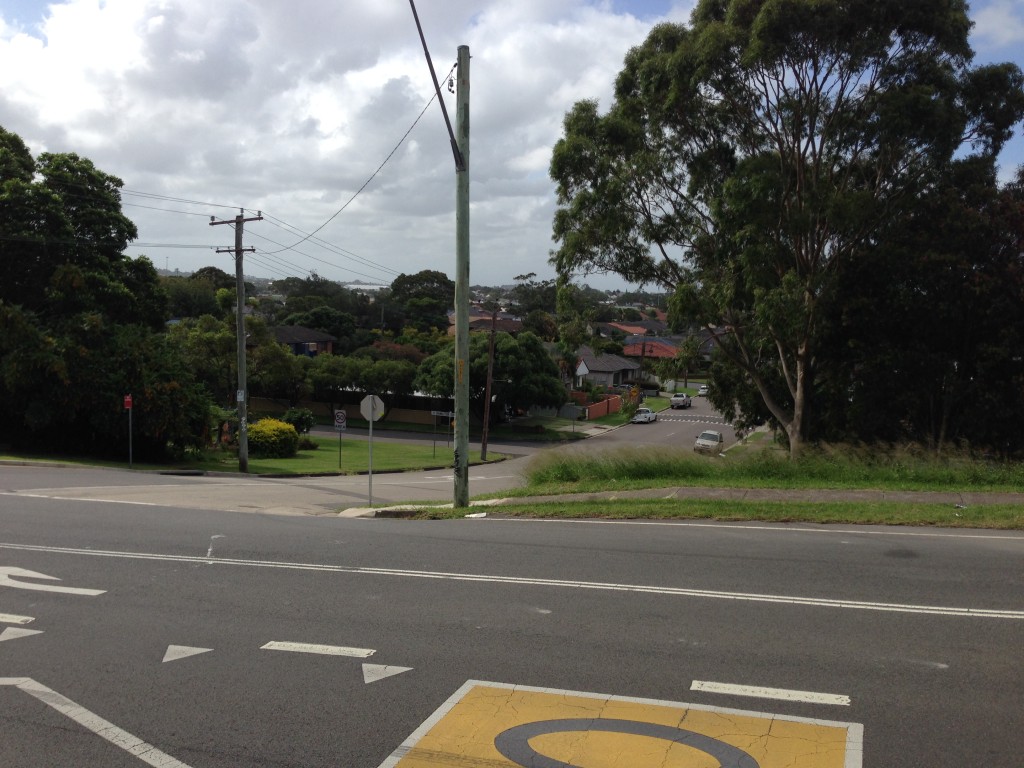
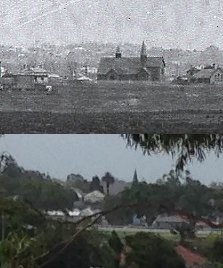
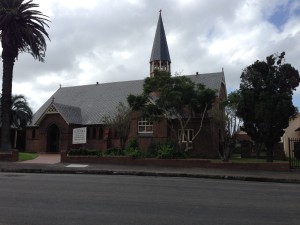
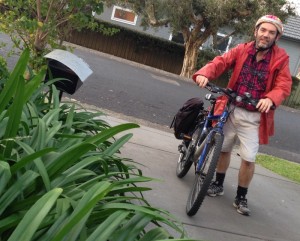 The NSW government is introducing in March this year some
The NSW government is introducing in March this year some 
